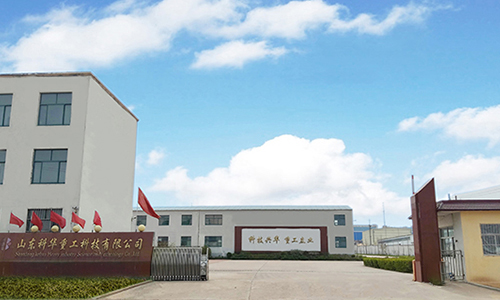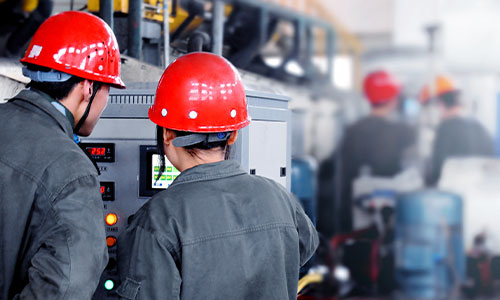Reciprocating coal feeders have been used in coal mines, coal preparation plants and other industries in my country for decades. Production practice has proved that the reliability of coal feeding equipment directly affects the normal operation of the entire production system. The reciprocating coal feeder is composed of a frame, a bottom plate (coal feeding trough), a transmission platform, a funnel, a gate, and an idler. When the motor is started, the bottom plate of the dumping material 5°deg; is dragged by the elastic coupling, reducer, crank link mechanism to make a linear reciprocating motion on the roller, and the coal is evenly discharged to other equipment.
Features
1. The machine is made of a closed frame structure, which greatly improves the rigidity and firm performance of the frame, with safe and reliable operation and long service life.
2. The drive devices of the machine are symmetrically distributed, and double push rods are used to balance the force of the whole machine and the transmission is stable, eliminating the torsion phenomenon when the bottom plate is reciprocating feeding. Equipped with limited rectangular hydraulic coupler, it can start with full load and overload protection.
Installation and use
1. The reciprocating coal feeder is fixedly installed under the opening of the storage silo. Before installation, it is necessary to determine the horizontal position, fasten the frame and the opening of the silo with bolts, and then place the transmission platform in the correct position. Weld firmly with the frame and transmission platform, install the reducer and motor in alignment, adjust them properly, and fasten them with bolts.
2. After installation, it is necessary to carry out a no-load test run. During operation, check whether the various components work normally, and the temperature rise of the rolling bearing shall not be higher than 60 °C.
3. When adjusting the productivity according to the unloading requirements, pull out the pin shaft of the crank part, loosen the nut, turn the position of the crank case "1, 2, 3, 4' to select and fix it, insert the pin shaft, and connect the crank with the crank and the crank case. , Tighten the pin and nut, and then drive after adjustment.

 ABOUTShandong Kehua Heavy Industry Technology Co., Ltd., formerly known as Linqu County Kehua Automatic Control Equipment Factory, was founded in April 1993. On January 10, 2007, the company changed its name to Weifang Kehua Automatic Control Equipment Co. Ltd
ABOUTShandong Kehua Heavy Industry Technology Co., Ltd., formerly known as Linqu County Kehua Automatic Control Equipment Factory, was founded in April 1993. On January 10, 2007, the company changed its name to Weifang Kehua Automatic Control Equipment Co. Ltd PRODUCTThe company's main products are: electronic belt scales, spiral scales, loss-in-weight scales, quantitative feeders, batching systems, hoists and other heavy machinery and equipment. Products are widely used in chemical, cement, steel, mining, thermoelect
PRODUCTThe company's main products are: electronic belt scales, spiral scales, loss-in-weight scales, quantitative feeders, batching systems, hoists and other heavy machinery and equipment. Products are widely used in chemical, cement, steel, mining, thermoelect CONTACTIt is the eternal pursuit of the company to create famous brand products, establish a first-class enterprise, and lead the mainstream of the industry.
CONTACTIt is the eternal pursuit of the company to create famous brand products, establish a first-class enterprise, and lead the mainstream of the industry. NEWSThe company adheres to the operating principles of leading technology and winning by quality, and has close cooperative relations with many colleges and universities and scientific research institutions.
NEWSThe company adheres to the operating principles of leading technology and winning by quality, and has close cooperative relations with many colleges and universities and scientific research institutions.
